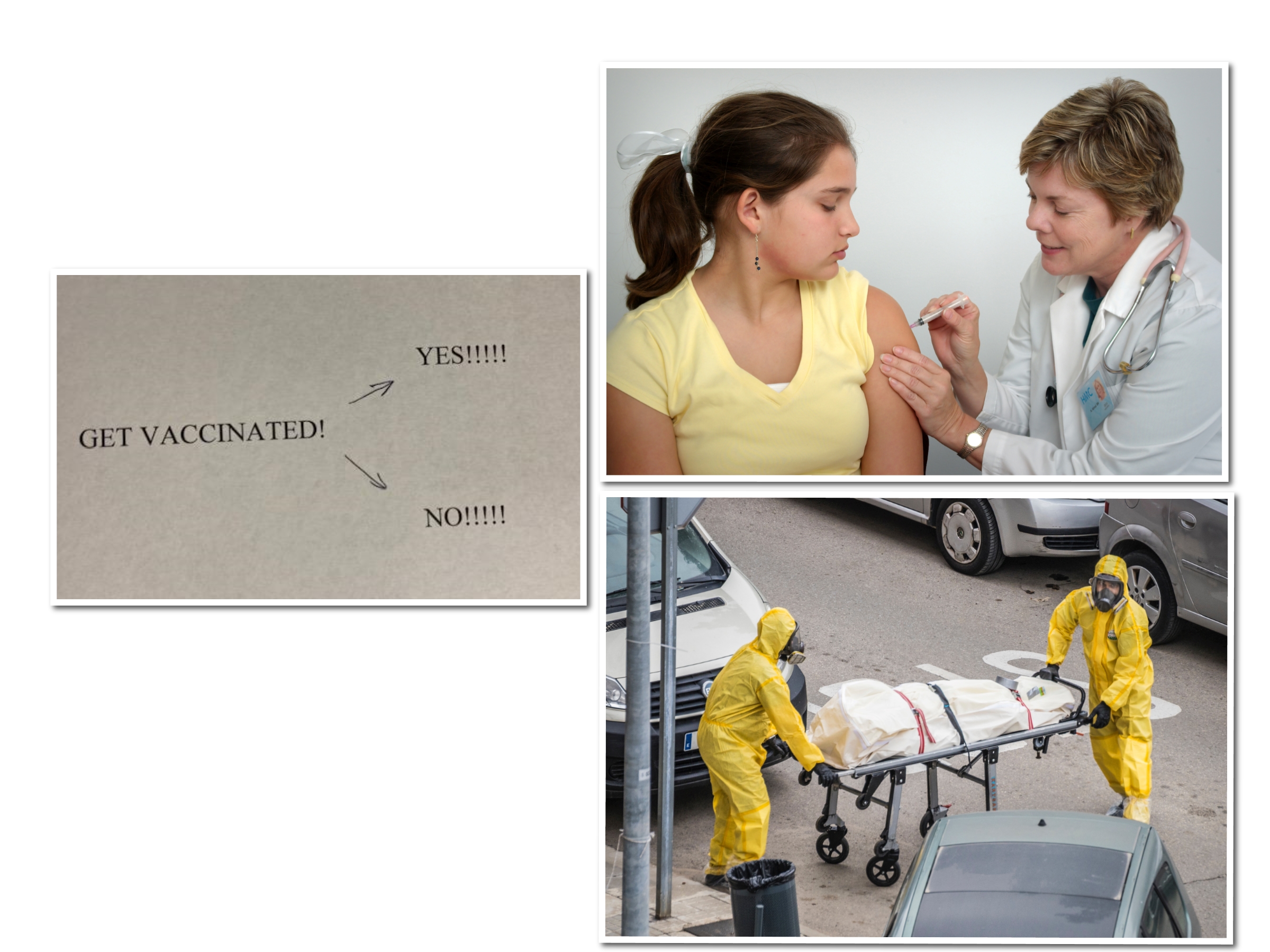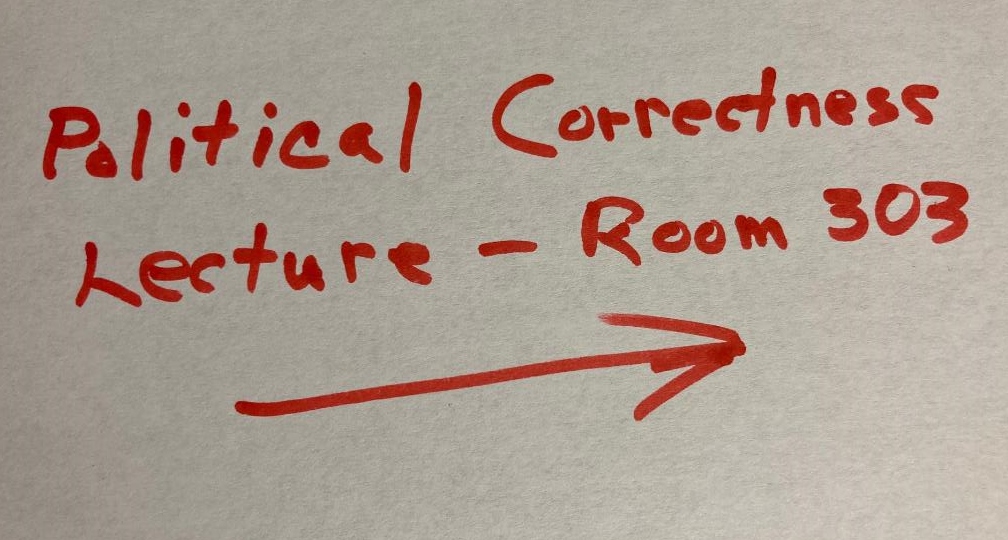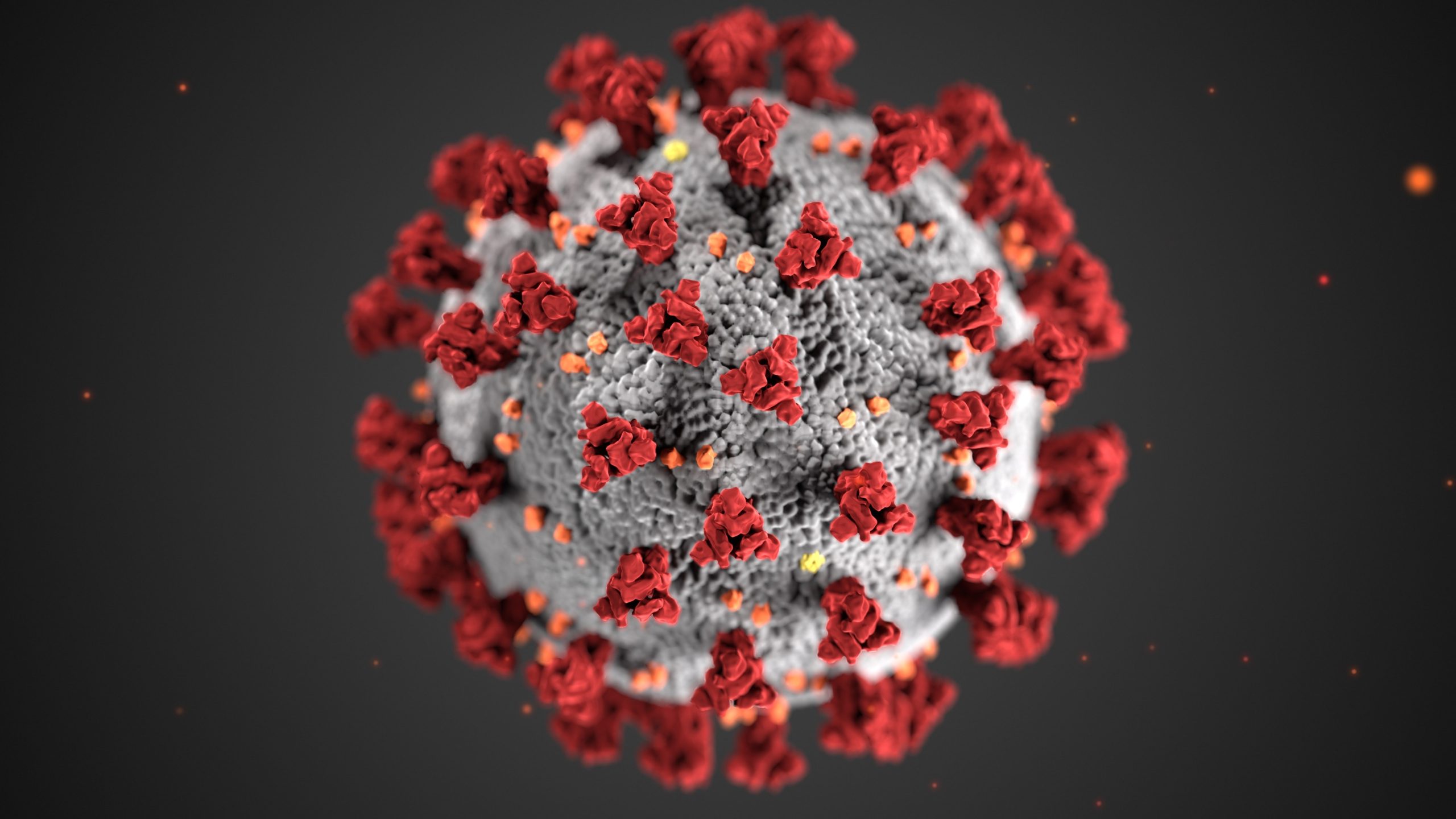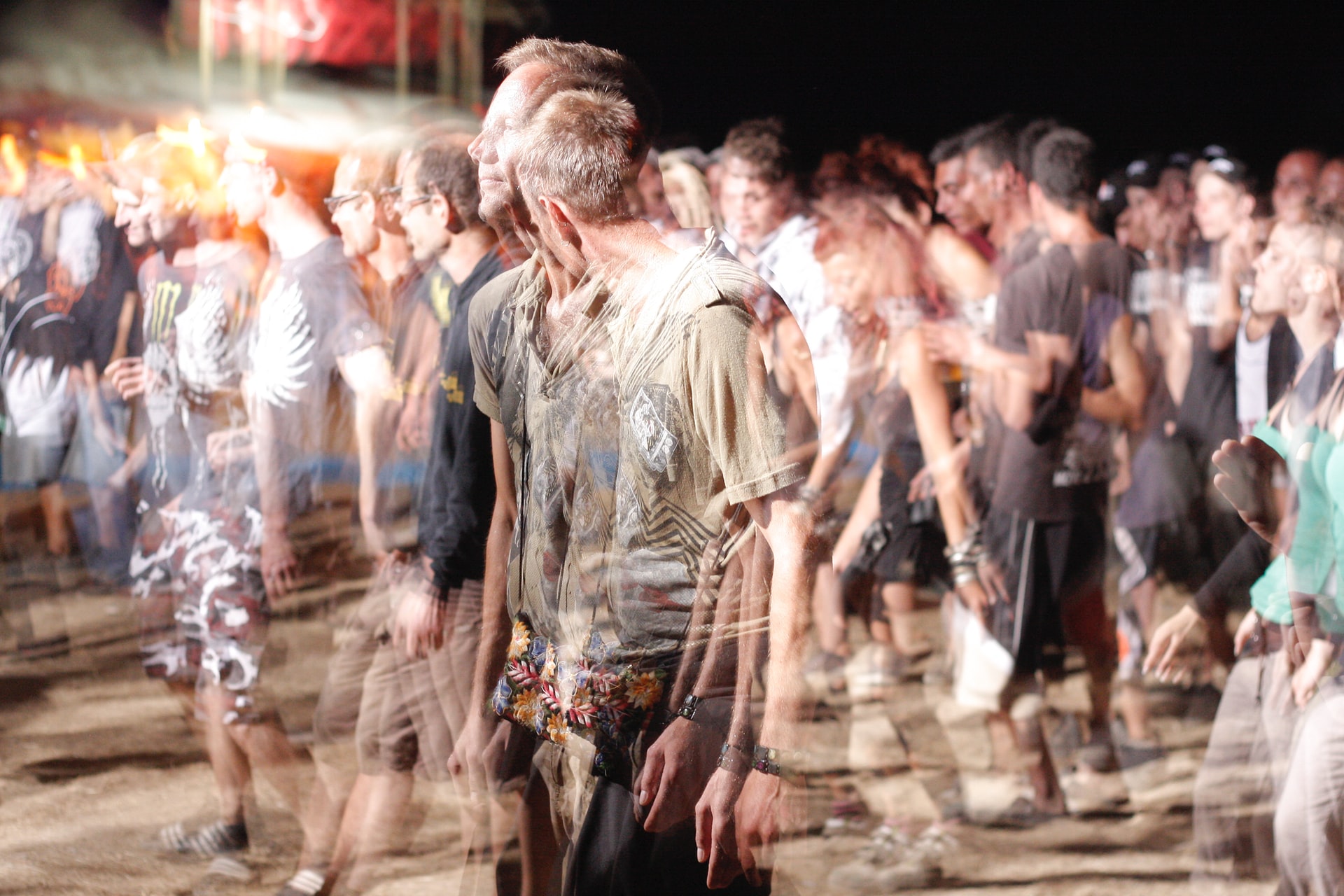I was an undergraduate when I read The Brothers Karamazov, my first Russian novel. I powered through that mighty book in one intense weekend, shielded from interruptions by the closed door of my small room. Never before had a novel affected me like Dostoevsky’s classic. Its effect lingered for weeks. I followed up with Crime and Punishment and The Idiot, both memorable, but for me not as powerful as The Brothers Karamazov.
About that time I also sampled Tolstoy, digging into Anna Karenina and thoroughly enjoying it, but stopping there. I didn’t get around to his massive War and Peace until my middle age. For some reason that huge book, dare I say it? disappointed me. I simply couldn’t pull together the sprawl of it all.
The other Russian novel I read during my university days was Dr. Zhivago, this during my rebellious first year of medical school. Pasternak’s story offered welcome periods of relief from my unscholarly battles at the time. His plot, despite its series of improbable coincidences, intrigued me, and calmed me. But in this case I enjoyed the movie more than the book. (I fell in love with Julie Christie’s Lara and the melody of her haunting theme.)
With this skimpy background, on the later rare occasions when I’ve talked with a Russian native, I’ve always managed to ask a question: Who is Russia’s best novelist? The first time I added, naively, Dostoevsky or Tolstoy?
Neither, the man answered, surprising me. Turgenev was our best novelist, he added. I knew the name but nothing beyond that, so I picked up a library copy of Fathers and Sons and discovered it to be a great book. Thinking of it now, with its description of the social upheaval and growing radicalism in mid-nineteenth Russia, I wonder if it resembles certain recent developments in this country. I hope not. The Russian turmoil revealed in Fathers and Sons foreshadowed the Russian revolution that evolved early in the next century.

Looking closer at Fathers and Sons, I like Turgenev’s methods. He uses little to none of the “show don’t tell” advice favored by many present-day teachers of fiction. He reminds me of a story teller around a campfire, cracking open his characters’ heads for the listener to examine. The father and son combo most prominent in Fathers and Sons is Nikolai Petrovitch Kirsanov the owner of a small estate in rural Russia who tries to keep up, at least partly, with evolving ideas, and his son, Arkady, who has come under the influence of the then-emerging philosophy of nihilism while studying in St. Petersburg.
Follow along as we read snippets of a long scene between two of Turgenev’s other major characters, these being Bazarov (Yevgeny Vassilievitch Bazarov), a medical student and, as he makes abundantly clear, a devoted nihilist. The second is an older woman, a widow, Odintsova (Anna Sergeyevna Odintsova). I’m guessing she’s in her late 30s or early 40s. She is described as wealthy, and with “liberal views”. Odintsova has invited the two students, Arkady and Bazarov, to her elegant house for a stay. Both quickly become infatuated with her. Check out how Turgenev develops this thread of the story in the selected segments below.
“If a woman pleases you,” he [Bazarov] used to say, “try to get to the point; if that’s impossible, well–too bad; turn your back–you’re not at the end of your rope.” Odintsova pleased him. The wide-spread rumors about her, her freedom and independence of mind, her definite inclination towards him–everything, it seemed, spoke in his favor; but he soon understood that he would not “get to the point” with her, and to his amazement, he lacked the strength to turn his back on her. His blood caught fire at just the thought of her; he could have easily subdued his blood, but there was something else taking root inside him–something he did not tolerate at all, which he had always jeered at, and which aroused all his pride. . . . He caught himself in all sorts of “shameful” thoughts, as if a devil were mocking him.
. . . He [Bazarov] had struck Odintsova’s imagination; he interested her; she thought about him a great deal. In his absence she was neither bored nor expectant, but his appearance immediately enlivened her; she enjoyed being alone with him and enjoyed talking to him, even when he angered her or offended her taste, her exquisite ways. She seemed to want to try him and test herself.
As expected, their attraction grows and leads to the scene below, both characters revealing themselves more completely, with Odintsova speaking first.
“Listen, I have wanted to speak plainly with you for a long time. You didn’t have to be told – you know this yourself – that you’re not an ordinary person; you’re still young – your whole life lies before you. What are you preparing yourself for? What future awaits you? I mean – what aims do you want to reach, where are you going, what’s in your heart? In a word, who are you, what are you?”
“You surprise me, Anna Sergeyevna. You know I’m engaged in natural science, while who I am . . .”
“Yes, who are you?”
“I’ve already told you that I’m a future country doctor.”
Anna Sergeyevna gestured impatiently.
“Why do you say that? You don’t believe it yourself. Arkady could answer me that way, but not you.”
“And how would Arkady-“
“Stop it! Is it possible you’d be satisfied with such a humble occupation, and aren’t you always protesting yourself that so far as you’re concerned, medicine doesn’t even exist? You – with your ambition – a country doctor! You’re giving me that kind of answer to brush me off because you don’t have any confidence in me. But, Yevgeny Vassilich, you should know that I’m capable of understanding you: I myself was poor and ambitious like you; perhaps I went through the very same trials as you.”
“That’s all very fine, Anna Sergeyevna, but you must excuse me. I’m not generally accustomed to expressing my feelings, and there is such a distance between us. . . .”
“What distance?” Are you telling me I’m an aristocrat again” Enough, Yevgeny Vassilich; I thought I had proved to you–“
“But besides that,” Bazarove broke in, “what urge is there to think and talk about the future, which for the most part doesn’t depend on us? Should an opportunity come along to do something – fine; if not – at least one has the satisfaction of not having jabbered for nothing beforehand.”
“You call a friendly conversation jabbering. . . . Or, perhaps, you don’t consider me, being a woman, worthy of your confidence? Of course, you despise us all!”
“You I don’t despise, Anna Sergeyevna, and you know it.”
“No, I know nothing – but let’s assume it; I understand your unwillingness to talk about your future occupation, but what’s happening inside you now . . .”
“Happening!” repeated Bazarov. “As if I were a kind of state or society! In any case, it’s not at all interesting; and besides, can a person always say out loud everything that’s ‘happening’ inside him?”
“I don’t see why one can’t say everything one has on one’s mind.”
“Can you?” asked Bazarov.
“I can,” answered Anna Sergeyevna after a brief hesitation.
Bazarov bowed his head. “You’re happier than I.”
Anna Sergeyevna looked at him questioningly.
“As you wish,” she continued, “but something tells me all the same that we weren’t drawn together for nothing, that we shall be good friends. I’m certain your, how can I say it, your tenseness, reserve, will disappear in the end.”
“So you’ve noticed reserve in me – and as you also said – tenseness?”
“Yes.”
Bazarov rose and went to the window.
“And you would like to know the reason for this reserve, you would like to know what’s happening inside me?”
“Yes,” repeated Odintsova with a kind of fear she was not yet able to understand. “And you won’t get angry?”
“No.” Bazarov was standing with his back towards her.
“Then know that I love you, foolishly, madly. . . . There’s what you elicited!”
Odintsova stretched out both hands, but Bazarov leaned his forehead against the windowpane. He was gasping; his whole body was visibly trembling. But it was not the trembling of youthful timidity, not the sweet dismay of the first confession of love which had overcome him; it was passion struggling inside him, strong and tragic – a passion resembling hatred, and perhaps related to it.
Odintsova felt both fear and pity for him. “Yevgeny Vassilich . . .” she said, and an involuntary strain of tenderness came into her voice.
He turned around quickly, threw a rapacious glance at her – and seizing both of her hands, suddenly drew her to his chest.
She did not free herself from his embrace immediately; but in an instant she was standing, looking at Bazarov from a remote corner. He rushed towards her. . . .
“You misunderstood me,” she whispered with sudden fear. It seemed as though if he took another step she would scream.
Any comments on the above sample? And finally, should you be interested in the current tally of my unscientific poll of Russians choosing their best novelist, the count now has Dostoevsky leading with 5 (one of his admirers being the Russian physicist I described in my second post on the Brandenburg Gate), Tolstoy with 3, Turgenev 2, Pasternak 1, and Gogol 1 (a writer I’ve not read, and probably won’t).

















